China, a land of enchantment and cultural treasures, beckons travelers with its rich history, diverse landscapes, and vibrant cities. From the iconic Forbidden City to the majestic Great Wall, China offers a plethora of breathtaking destinations that will leave you in awe. In this comprehensive guide, we will delve into the best places to visit in China, uncovering hidden gems and providing practical tips for an unforgettable journey.
Introduction
China, the world’s most populous country, is a treasure trove of cultural wonders and natural beauty. With a rich history spanning thousands of years, it offers a captivating blend of ancient traditions and modern innovations. Whether you’re drawn to the majestic landmarks, picturesque landscapes, or vibrant cityscapes, China has something to offer every traveler.
In this guide, we will embark on a journey through the best places to visit in China, exploring iconic UNESCO World Heritage sites, hidden gems, and off-the-beaten-path destinations. From the bustling streets of Beijing to the tranquil beauty of the Yangtze River, get ready to discover the true essence of China.
The Forbidden City: A Glimpse into Imperial Grandeur
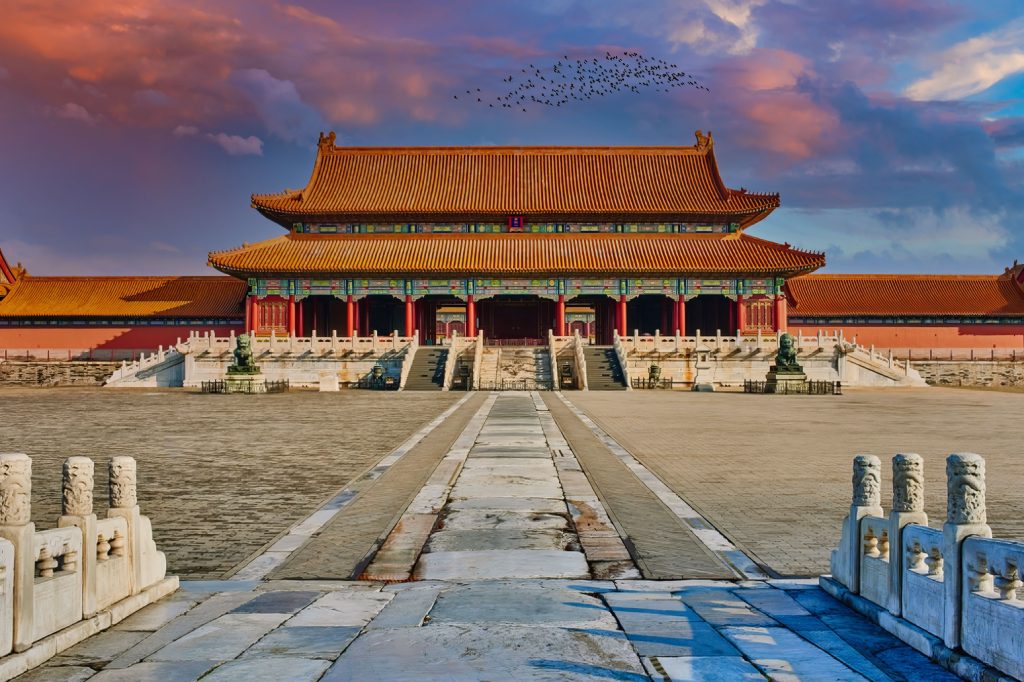
One of China’s most iconic landmarks, the Forbidden City, stands as a testament to the grandeur of the imperial era. Located in the heart of Beijing, this UNESCO World Heritage site was the imperial palace during the Ming and Qing dynasties. Spanning over 180 acres, it is the largest palace complex in the world.
Stepping through the imposing Meridian Gate, visitors are transported back in time to an era of emperors and dynasties. The Forbidden City is a masterpiece of Chinese architecture, with its intricate red and gold detailing, ornate palaces, and sprawling courtyards. Explore the Hall of Supreme Harmony, the Hall of Preserving Harmony, and the Hall of Heavenly Purity, each offering a glimpse into the opulence and power of China’s past.
To make the most of your visit, consider hiring a knowledgeable guide who can provide insights into the history and significance of each building. Don’t miss the Palace Museum, located within the Forbidden City, which houses a vast collection of imperial artifacts and cultural relics.
Inner Mongolia: Explore the Untamed Beauty of the North
For those seeking a unique adventure off the beaten path, Inner Mongolia offers a mesmerizing blend of natural beauty and rich cultural heritage. Located in the northern part of China, Inner Mongolia is known for its vast grasslands, desert landscapes, and nomadic traditions.
One of the highlights of Inner Mongolia is the magnificent Genghis Khan Mausoleum, a memorial complex dedicated to the legendary Mongol emperor. Explore the mausoleum and learn about the history and legacy of Genghis Khan, who founded the Mongol Empire in the 13th century.
Another must-visit destination in Inner Mongolia is the stunning Hulunbuir Grasslands. Immerse yourself in the breathtaking beauty of the vast open plains, dotted with grazing horses and traditional yurts. Take a horseback ride across the grasslands, interact with local nomadic herders, and witness the spectacular sunrise or sunset over the horizon.
Southern China: A Tapestry of Natural Splendors
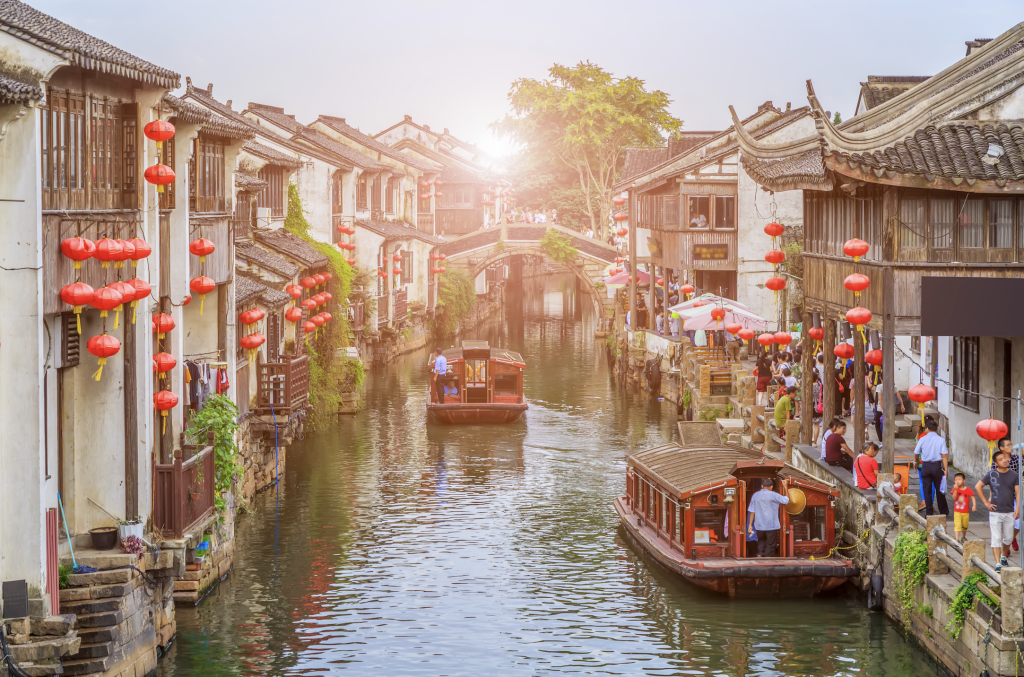
Southern China is a region renowned for its picturesque landscapes, ethnic diversity, and culinary delights. From the towering karst mountains of Guilin to the idyllic water towns of Suzhou and Hangzhou, this region offers a tapestry of natural splendors.
Guilin, with its iconic limestone peaks and winding Li River, is often hailed as one of the most beautiful places in China. Embark on a scenic cruise along the river, marveling at the surreal beauty of the karst formations. Explore the Reed Flute Cave, a subterranean wonderland adorned with colorful stalactites and stalagmites.
Suzhou and Hangzhou, known for their classical gardens and tranquil waterways, offer a glimpse into China’s ancient architectural traditions. Visit the Humble Administrator’s Garden in Suzhou, a UNESCO World Heritage site renowned for its harmonious blend of pavilions, bridges, and winding paths. In Hangzhou, take a boat ride on the enchanting West Lake, surrounded by lush gardens and ancient temples.
Qing Dynasties: A Journey through China’s Imperial Past
The Qing Dynasty, China’s last imperial dynasty, left a lasting legacy that can be explored in various cities across the country. From Beijing’s Summer Palace to the opulent palaces of Shenyang, these destinations offer a fascinating journey through China’s imperial past.
The Summer Palace, located on the outskirts of Beijing, is a masterpiece of Chinese garden design. Explore the sprawling grounds, adorned with pavilions, temples, and serene lakes. Take a boat ride on Kunming Lake, stroll along the Long Corridor, and immerse yourself in the tranquility of this UNESCO World Heritage site.
In Shenyang, the imperial palace of the Qing Dynasty awaits. Known as the Mukden Palace, it showcases the architectural brilliance and grandeur of the Manchu rulers. Explore the palaces, gardens, and temples within the complex, and learn about the history of the Qing Dynasty.
The Majestic Yangtze River: A Cruising Adventure
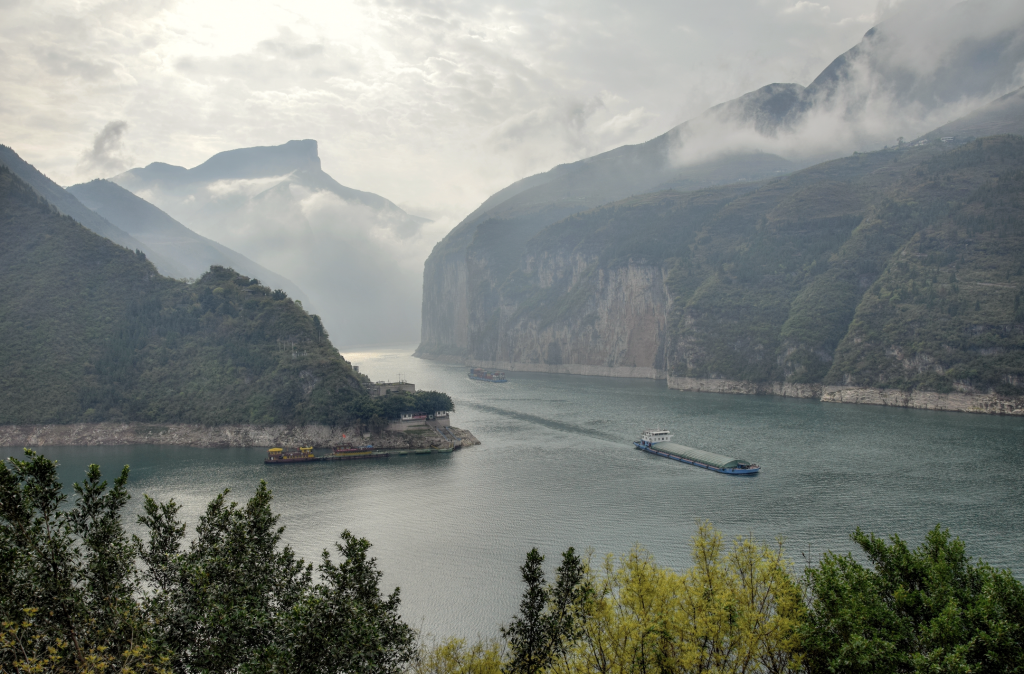
The Yangtze River, the longest river in Asia and the third-longest in the world, offers a mesmerizing journey through China’s diverse landscapes. Cruising along the Yangtze River is a popular way to explore the region, providing an opportunity to witness the stunning Three Gorges and immerse yourself in the cultural heritage of the river towns.
Embark on a multi-day cruise and sail through the majestic Three Gorges: Qutang Gorge, Wu Gorge, and Xiling Gorge. Marvel at the towering cliffs, verdant forests, and cascading waterfalls that line the riverbanks. Don’t miss the opportunity to take a shore excursion to Fengdu Ghost City, an ancient temple complex shrouded in myth and legend.
As you cruise along the Yangtze River, you’ll have the chance to visit traditional river towns such as Fengjie, Wushan, and Shibaozhai. Explore ancient temples, stroll through lively markets, and immerse yourself in the local culture. The Yangtze River cruise is a truly unforgettable experience, combining natural beauty with historical and cultural immersion.
Vibrant Cities: Discovering China’s Urban Marvels
China is home to some of the most vibrant and dynamic cities in the world, each offering a unique blend of ancient traditions and modern innovations. From the bustling streets of Shanghai to the historic charm of Xi’an, these cities are a reflection of China’s rapid development and cultural diversity.
Shanghai, a global metropolis, is a dazzling fusion of old and new. Stroll along the iconic Bund, where colonial-era buildings stand in contrast to the futuristic skyline of Pudong. Explore the ancient water town of Zhujiajiao, known for its picturesque canals and traditional architecture. Don’t miss the opportunity to sample Shanghai’s renowned cuisine, which blends regional flavors with international influences.
In Xi’an, the ancient capital of China, history comes to life. Visit the Terracotta Army, a UNESCO World Heritage site and one of the most significant archaeological discoveries of the 20th century. Explore the ancient city walls, stroll through the vibrant Muslim Quarter, and marvel at the impressive Big Wild Goose Pagoda. Xi’an is a city steeped in history and a gateway to China’s rich cultural heritage.
The Summer Palace: A Tranquil Escape in Beijing
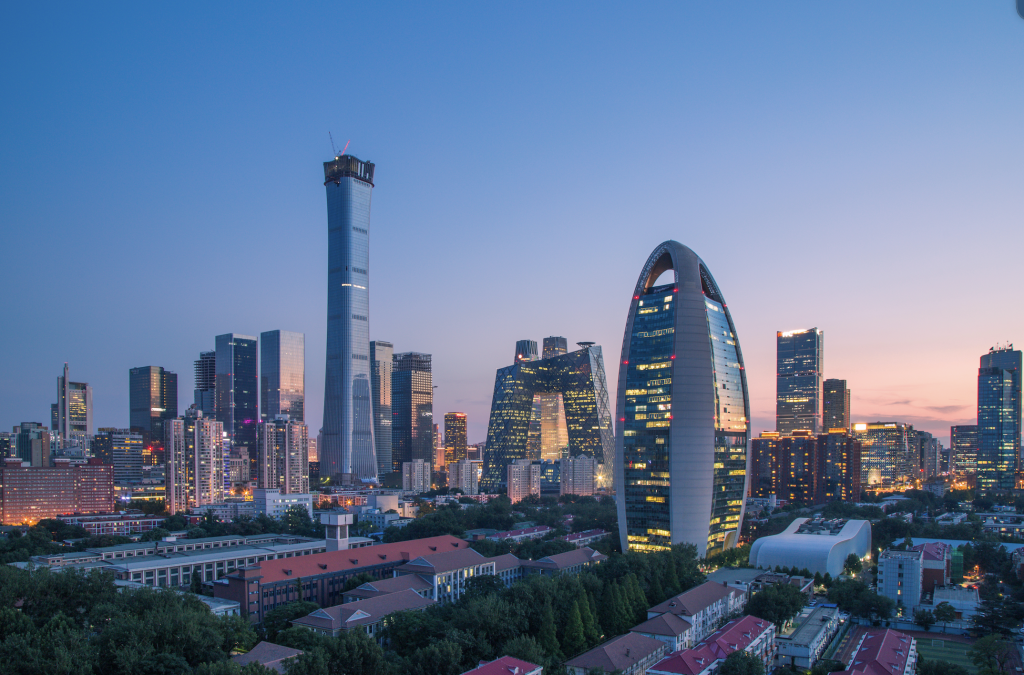
Escape the hustle and bustle of Beijing and immerse yourself in the tranquility of the Summer Palace. Located in the northwest part of the city, this UNESCO World Heritage site is a sprawling complex of gardens, pavilions, and lakes.
The Summer Palace was originally built as a retreat for the imperial family during the Qing Dynasty. Explore the Long Corridor, a covered walkway adorned with beautiful paintings, and stroll through the serene gardens, which are meticulously landscaped and feature traditional Chinese architecture. Don’t miss the opportunity to take a boat ride on Kunming Lake, surrounded by lush greenery and charming bridges.
The Summer Palace offers a peaceful respite from the bustling city, allowing visitors to connect with nature and experience the harmonious balance between man-made structures and the natural environment.
Tiger Leaping Gorge: A Thrilling Hiking Experience
For outdoor enthusiasts and adventure seekers, Tiger Leaping Gorge is a must-visit destination in China. Located in Yunnan Province, this dramatic gorge is one of the deepest in the world, carved by the mighty Yangtze River.
Embark on a thrilling hiking adventure through the gorge, which offers breathtaking views of soaring cliffs, cascading waterfalls, and the turquoise waters of the Yangtze River. The Tiger Leaping Gorge Trail is a popular route for trekkers, taking you through rural villages, terraced fields, and dramatic landscapes.
The highlight of the trek is the Tiger Leaping Stone, a massive rock in the middle of the river where, according to local legend, a tiger once leaped across. Standing on the edge of the gorge, you’ll be awestruck by the sheer power and beauty of nature.
Hot Springs: Relaxation and Rejuvenation
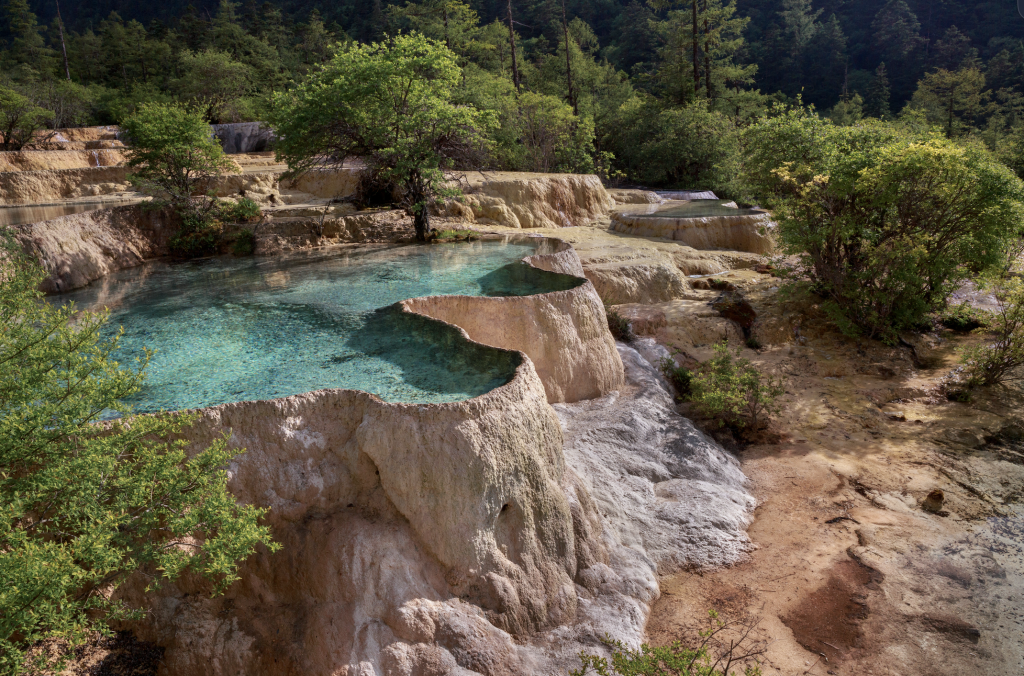
China is renowned for its natural hot springs, which have been cherished for their healing properties for centuries. Whether you’re seeking relaxation or rejuvenation, a visit to one of China’s hot springs is a perfect way to unwind and pamper yourself.
Huanglong Valley in Sichuan Province is home to a stunning collection of colorful hot springs, known as the “Yellow Dragon.” Walk along the boardwalks and marvel at the vibrant hues of the terraced pools, which are formed by mineral deposits. Soak in the warm waters and let the natural surroundings soothe your body and mind.
In Hainan, China’s tropical paradise, you’ll find numerous hot spring resorts nestled amidst lush greenery and pristine beaches. Indulge in a rejuvenating soak while enjoying the tranquil ambiance of the island. Whether you choose a rustic outdoor hot spring or a luxurious spa retreat, the hot springs of China offer a serene escape from the stresses of everyday life.
The Terracotta Army: A Glimpse into Ancient China
In the ancient city of Xi’an, a remarkable archaeological find awaits: the Terracotta Army. Discovered in 1974 by local farmers, this awe-inspiring army of life-sized statues is a testament to the power and ambition of China’s first emperor, Qin Shi Huang.
The Terracotta Army was created to guard the emperor’s tomb and consists of thousands of intricately crafted soldiers, horses, and chariots. Each statue is unique, with individualized facial features and hairstyles. Explore the excavation site and marvel at the scale and artistry of this extraordinary archaeological wonder.
To enhance your visit, consider hiring a guide who can provide insights into the historical and cultural significance of the Terracotta Army. Don’t miss the opportunity to visit the Emperor Qin Shi Huang’s Mausoleum Site Museum, where you can learn more about the emperor’s life and legacy.
Marco Polo’s Legacy: Exploring Southwest China

Southwest China, with its rugged landscapes and rich cultural heritage, offers a glimpse into the ancient trade routes of the Silk Road. This region, often referred to as China’s “Wild West,” is a treasure trove of hidden gems waiting to be discovered.
In the city of Chengdu, the capital of Sichuan Province, you’ll have the opportunity to encounter China’s beloved giant pandas. Visit the Chengdu Research Base of Giant Panda Breeding and witness these adorable creatures in their natural habitat. Learn about conservation efforts and the importance of protecting these endangered species.
Another highlight of Southwest China is the enchanting city of Lijiang, located in Yunnan Province. Explore the UNESCO World Heritage-listed Old Town, with its cobblestone streets, traditional wooden houses, and picturesque canals. Take a cable car ride to the top of Jade Dragon Snow Mountain and enjoy panoramic views of the surrounding landscapes.
Southwest China offers a unique blend of natural beauty, cultural diversity, and historical significance. Embark on a journey through this captivating region and uncover the legacy of Marco Polo and the ancient Silk Road.
Natural Beauty: Captivating Landscapes of Southwest China
Southwest China is blessed with an abundance of natural beauty, from snow-capped mountains to crystal-clear lakes. This region offers a paradise for nature lovers, with its diverse ecosystems and breathtaking landscapes.
The Yellow Mountains, located in Anhui Province, are renowned for their stunning scenery and mystical atmosphere. Marvel at the towering granite peaks, swirling mists, and ancient pine trees that dot the landscape. Take a cable car ride to the summit and witness the sunrise or sunset over the sea of clouds.
In Jiuzhaigou Valley, a UNESCO World Heritage site, you’ll find a kaleidoscope of turquoise lakes, cascading waterfalls, and colorful forests. Explore the network of walking trails and immerse yourself in the tranquility of this pristine natural wonderland.
Southwest China is also home to the picturesque Jiayuguan Pass, the western terminus of the Great Wall of China. Admire the imposing fortress walls and panoramic views of the surrounding desert landscapes.
Tiananmen Square: A Symbol of China’s Modern History
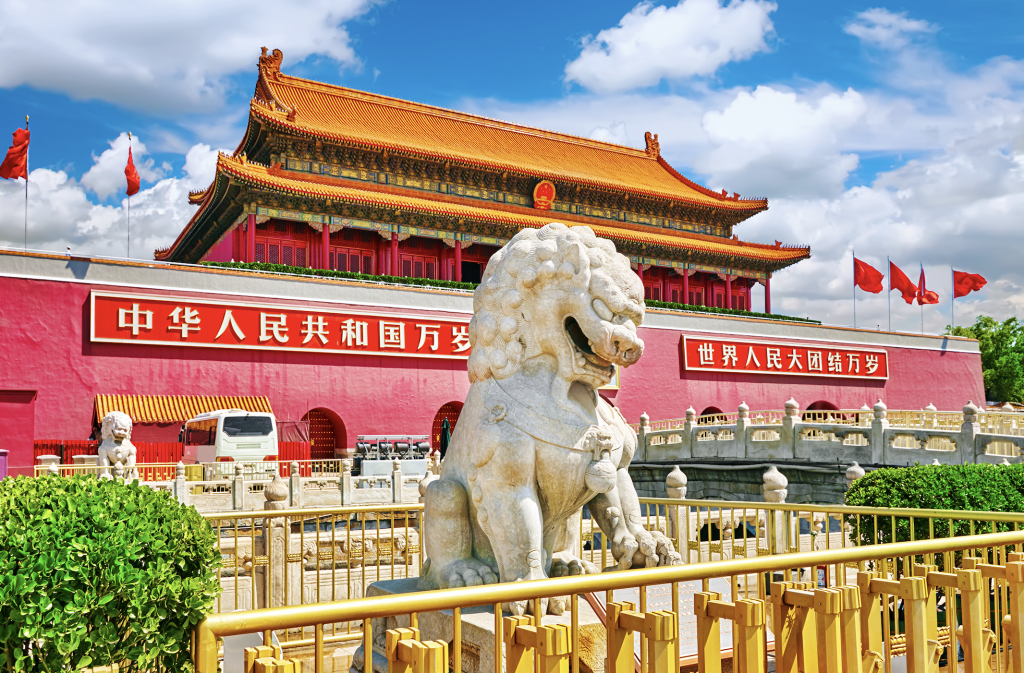
Tiananmen Square, located in the heart of Beijing, is not only one of the largest public squares in the world but also a symbol of China’s modern history. This iconic landmark has witnessed significant events, from political demonstrations to grand military parades.
At the center of Tiananmen Square stands the Monument to the People’s Heroes, a towering obelisk commemorating the revolutionary martyrs. Visit the mausoleum of Mao Zedong, the founding father of the People’s Republic of China, and pay your respects to this influential figure.
Tiananmen Square is also home to the National Museum of China and the Great Hall of the People. Explore these architectural marvels and gain insights into China’s rich cultural heritage and political history.
Navigating China: Tips for First-Time Visitors
Visiting China for the first time can be both exciting and challenging. To ensure a smooth and enjoyable journey, here are some practical tips to help you navigate this vast and diverse country:
- Language Barrier: While English is spoken in major tourist areas, it’s advisable to learn a few basic phrases in Mandarin. This will not only enhance your travel experience but also help you communicate with locals.
- Transportation: China has a well-developed transportation network, including high-speed trains, domestic flights, and an extensive bus system. Research and plan your transportation options in advance to optimize your travel itinerary.
- Local Law and Customs: Familiarize yourself with local laws and customs to ensure a respectful and culturally sensitive experience. Be aware of local customs regarding etiquette, dress codes, and photography restrictions, especially in religious sites and government buildings.
- Currency: China’s currency is the Chinese Yuan (CNY). It’s advisable to carry a mix of cash and credit cards, as not all establishments accept international cards. ATMs are widely available in major cities, but it’s recommended to notify your bank of your travel plans to avoid any issues with card usage.
- Local Transportation: Taxis are a convenient way to get around cities, but it’s important to ensure the meter is used or negotiate a price before getting in. Apps like Didi and Meituan are popular for hailing taxis and private cars. Public transportation, such as subways and buses, is also efficient and cost-effective.
- Weather and Best Time to Visit: China experiences diverse climates, so it’s important to check the weather conditions of your chosen destinations. The best time to visit China is generally during spring (April to May) and autumn (September to October), when temperatures are mild and rainfall is minimal.
- Safety and Health: China is a relatively safe country, but it’s always advisable to take precautions and be aware of your surroundings. Make sure to have travel insurance that covers medical emergencies. It’s also recommended to consult your doctor regarding any necessary vaccinations or health precautions before traveling.
By following these tips, you’ll be well-prepared to navigate China and make the most of your travel experience.
The Silk Road: Tracing Ancient Trade Routes
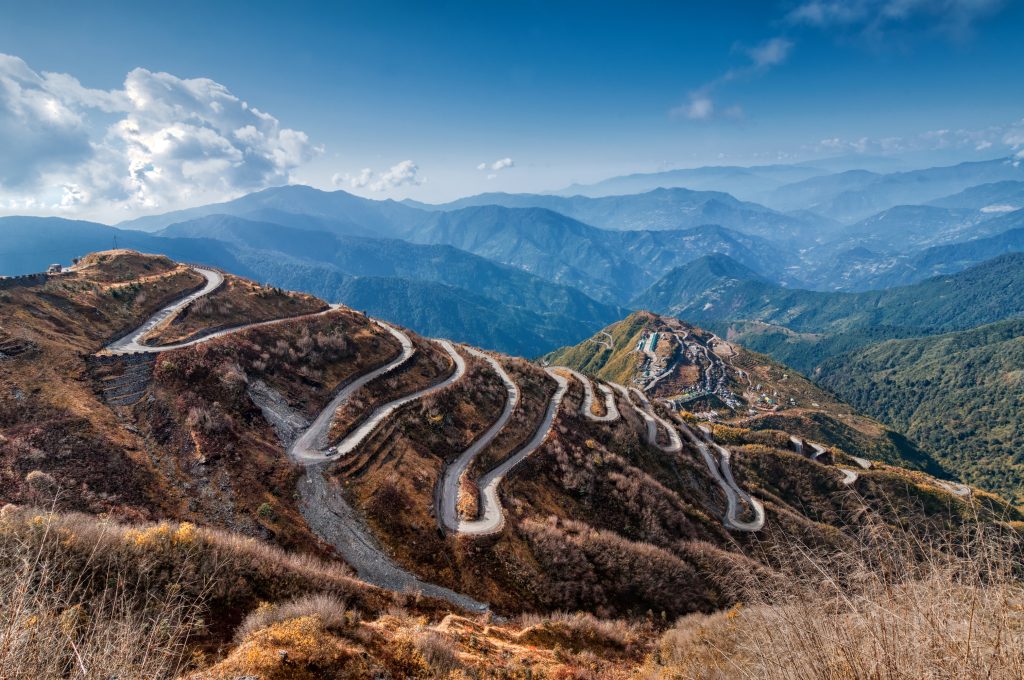
The Silk Road, an ancient network of trade routes, played a crucial role in connecting East and West for centuries. Tracing the footsteps of merchants, explorers, and adventurers, the Silk Road offers a glimpse into the cultural exchange and economic prosperity of the past.
Dunhuang, an oasis city located in Northwest China, was a pivotal stop along the Silk Road. Visit the Mogao Caves, a UNESCO World Heritage site, and marvel at the ancient Buddhist frescoes and sculptures. Explore the Crescent Lake and the Singing Sand Dunes, iconic natural wonders that have fascinated travelers for centuries.
In Xi’an, the starting point of the Silk Road, you’ll find the bustling Muslim Quarter. Immerse yourself in the vibrant atmosphere, sample delicious street food, and visit the Great Mosque, a harmonious blend of Chinese and Islamic architectural styles.
From Xi’an, continue your journey along the Silk Road to cities such as Dunhuang, Turpan, and Kashgar, each offering unique cultural insights and historical landmarks. Experience the hospitality of local communities, visit ancient fortresses, and witness traditional crafts that have been passed down through generations.
Major Tourist Attractions: Must-Visit Sites in China
In addition to the aforementioned destinations, China is home to numerous other major tourist attractions that should not be missed. From natural wonders to architectural marvels, these sites showcase the country’s rich history, cultural heritage, and natural beauty.
The Great Wall of China is undoubtedly one of the most iconic landmarks in the world. Stretching over 13,000 miles, this UNESCO World Heritage site offers awe-inspiring views and a glimpse into China’s ancient defensive architecture. Visit sections such as Badaling or Mutianyu for a memorable experience.
The Giant Pandas of Chengdu are a national treasure and a symbol of China’s commitment to wildlife conservation. Visit the Chengdu Research Base of Giant Panda Breeding to observe these adorable creatures in their natural habitat and learn about conservation efforts.
The Li River in Guilin is renowned for its breathtaking karst landscapes. Take a cruise along the river and be captivated by the towering limestone peaks, picturesque villages, and lush rice paddies that inspired countless Chinese paintings.
The Terracotta Army in Xi’an, as mentioned earlier, is a must-visit site for history enthusiasts. Stand in awe of the life-sized statues that were buried with the first emperor of China to protect him in the afterlife.
These are just a few examples of the major tourist attractions in China. The country offers a wealth of cultural, historical, and natural wonders that will leave you spellbound.
Local Customs and Laws: Respecting Chinese Culture
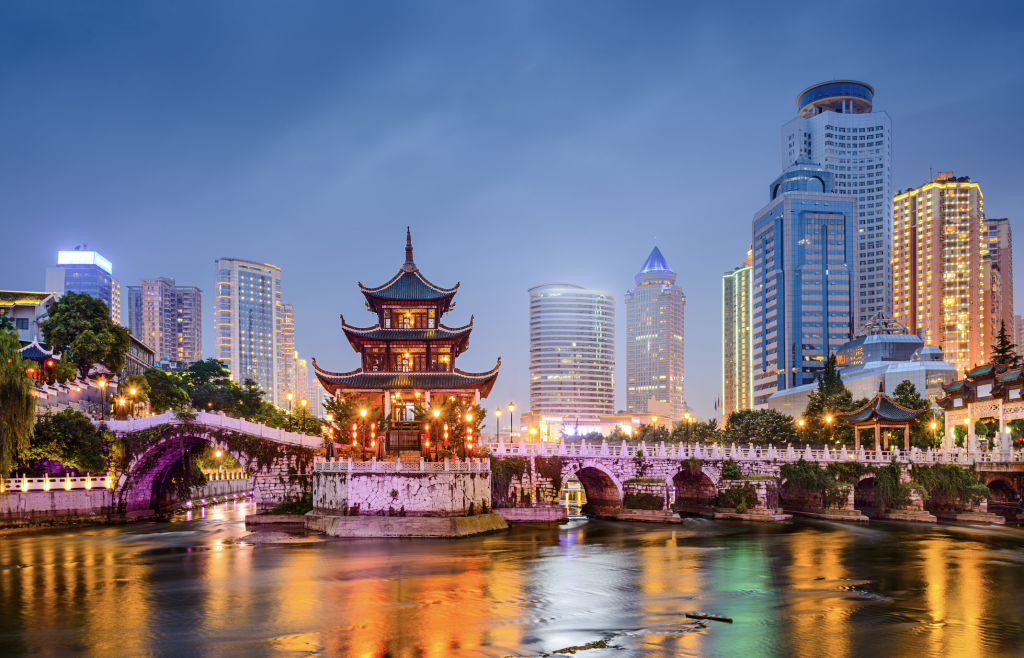
When visiting China, it’s important to respect local customs and laws to ensure a positive and culturally sensitive experience. Chinese culture is deeply rooted in traditions and customs that have been passed down through generations.
One custom to be mindful of is the practice of offering and receiving gifts. When presenting a gift, it’s customary to use both hands and avoid opening the gift in front of the giver. Similarly, when receiving a gift, it’s polite to accept it with both hands and express gratitude.
Chinese cuisine is diverse and delicious, but there are a few etiquette rules to keep in mind. It’s considered polite to wait for the host to start eating before you begin. Use chopsticks correctly and avoid sticking them upright in a bowl of rice, as this is associated with funerals.
When visiting religious sites, dress modestly and be respectful of the local customs and practices. Remove your shoes when entering temples and avoid touching or photographing religious artifacts without permission.
It’s also important to be aware of local laws and regulations. For example, smoking is banned in many public places, and it’s illegal to use drones without proper permits. Familiarize yourself with local laws and follow them to avoid any legal issues.
By respecting Chinese customs and laws, you’ll not only show appreciation for the local culture but also ensure a harmonious and enjoyable travel experience.
Conclusion
Discovering China provides a diverse range of experiences, including the breathtaking views of snow-capped peaks, the lush Longji Rice Terraces, and the historic majesty of the Ming Dynasty. Travelers get a taste of the real Middle Kingdom, whether they are using public transportation through busy cities or taking in the peace of rural towns. Traveling from the rich historical legacy of China’s capital to the breathtaking scenery of Zhangjiajie National Forest Park and the French Concession’s cultural mosaic is made easier by direct flights. China, a country that combines modern progress with ancient wonders, welcomes tourists from around the world to experience its opulent hotels, sample Peking Duck, and take in Hainan Island’s breathtaking scenery. China’s huge environment, from the banks of the Yellow River to the bustle of Hong Kong Island, offers many stories for those with an adventurous spirit. It is one of East Asia’s most popular tourist destinations. Accepting the nation’s vibrant modernity and rich civilization guarantees not only an amazing experience but also a close relationship with one of the oldest and most varied cultures on the planet.
For other articles like this, read this on Japan: Japan Travel Guide: The Land of the Rising Sun